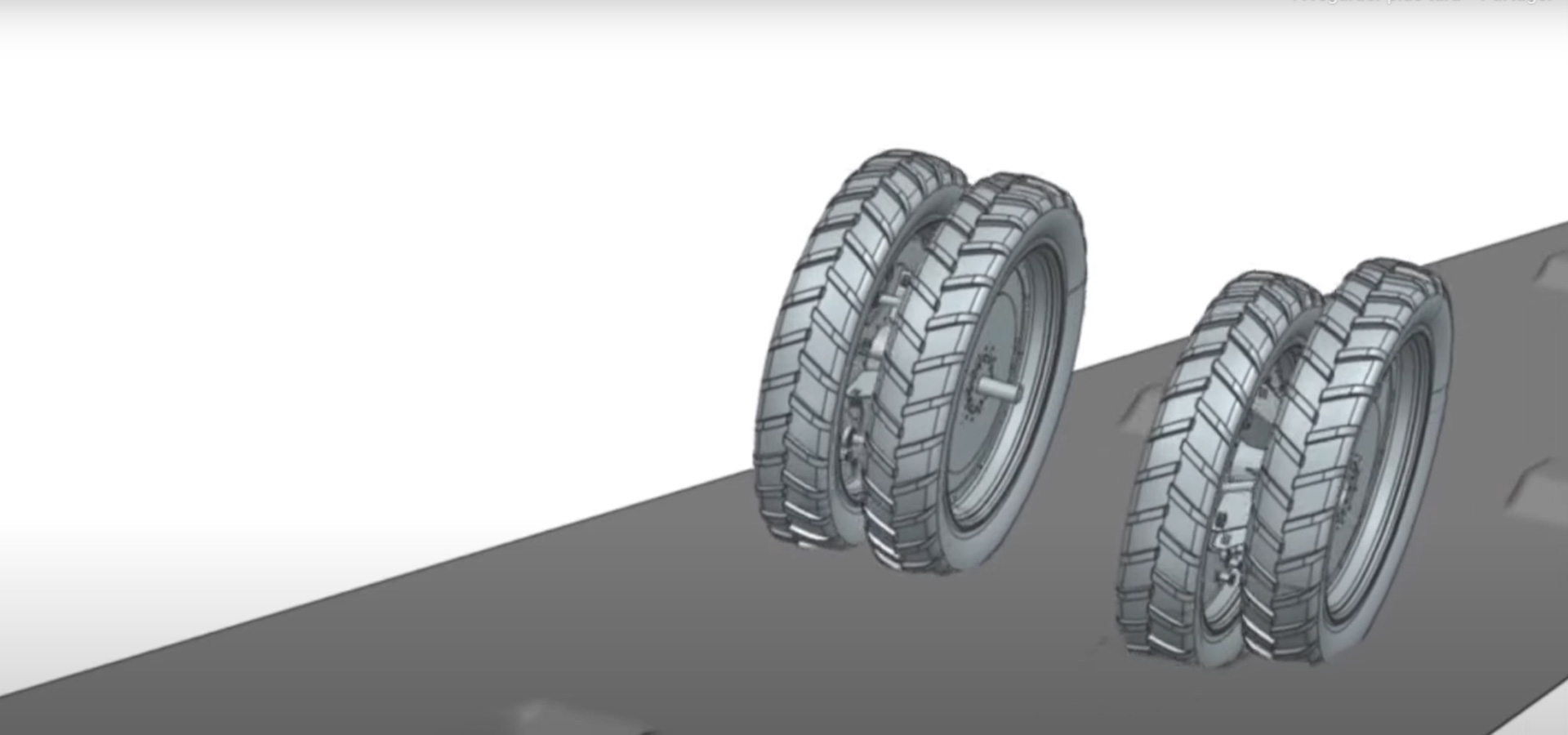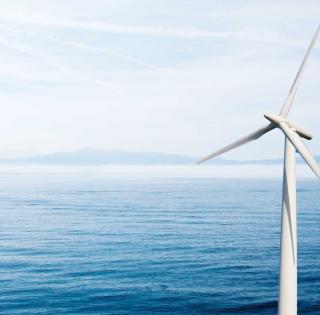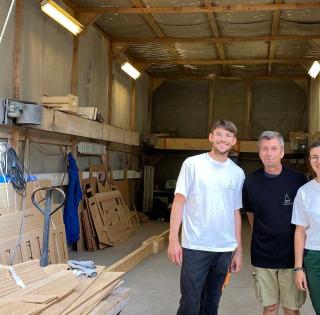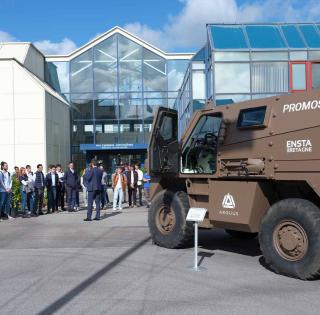
4 fields of application
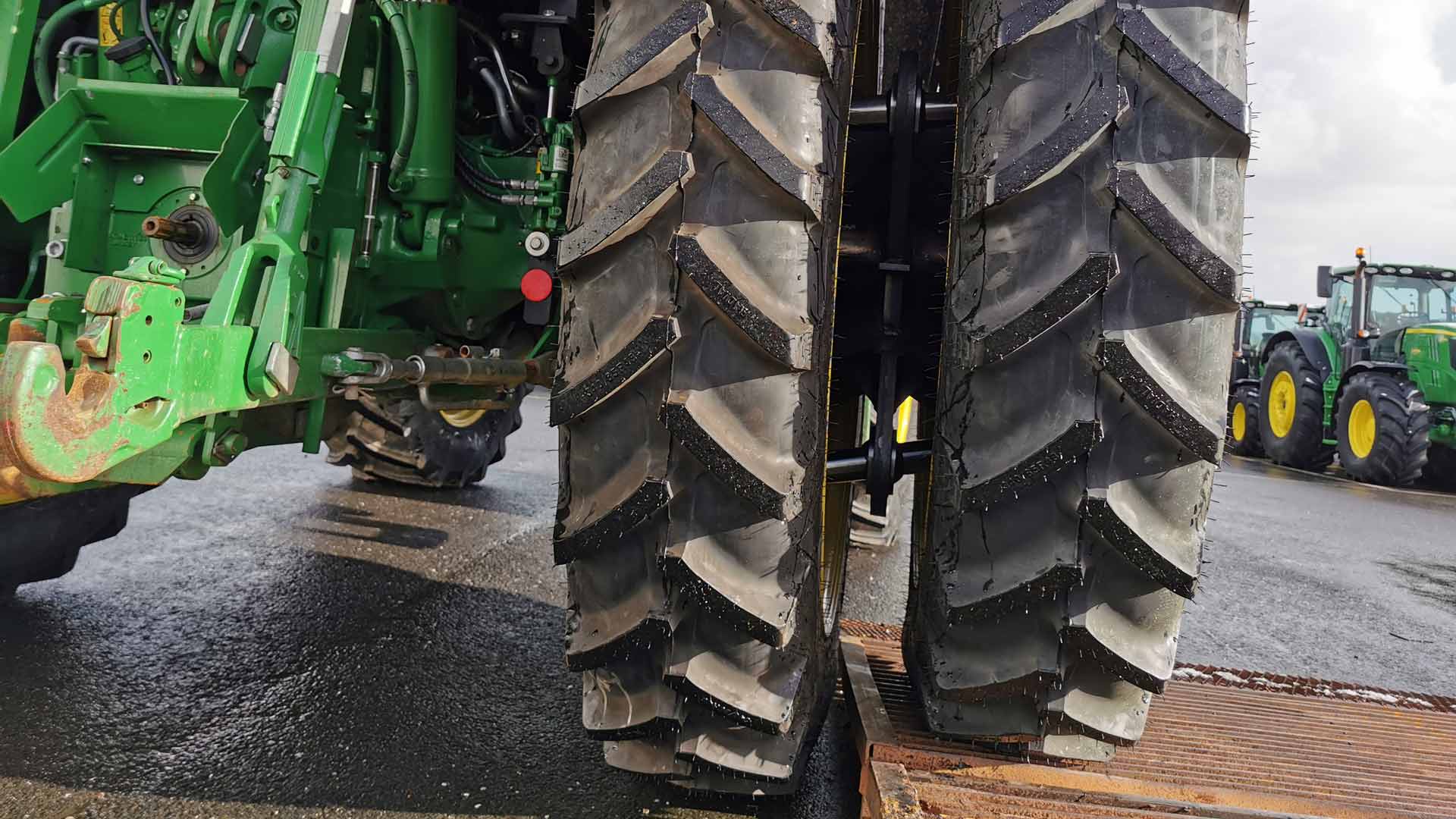
Heavy-duty vehicles
Self-adapting wheels can be fitted any type of heavy vehicle: work site, agricultural, mining, forestry and military machinery. The wheels of the dual-wheel system move relative to each other, so when one wheel passes over an obstacle, the second one keeps in contact with the ground. The load and the transmitted power are thus equally distributed on both wheels, and the vertical displacement of the vehicle chassis is reduced by half.
[Video of a test] - [Video of a speed test]
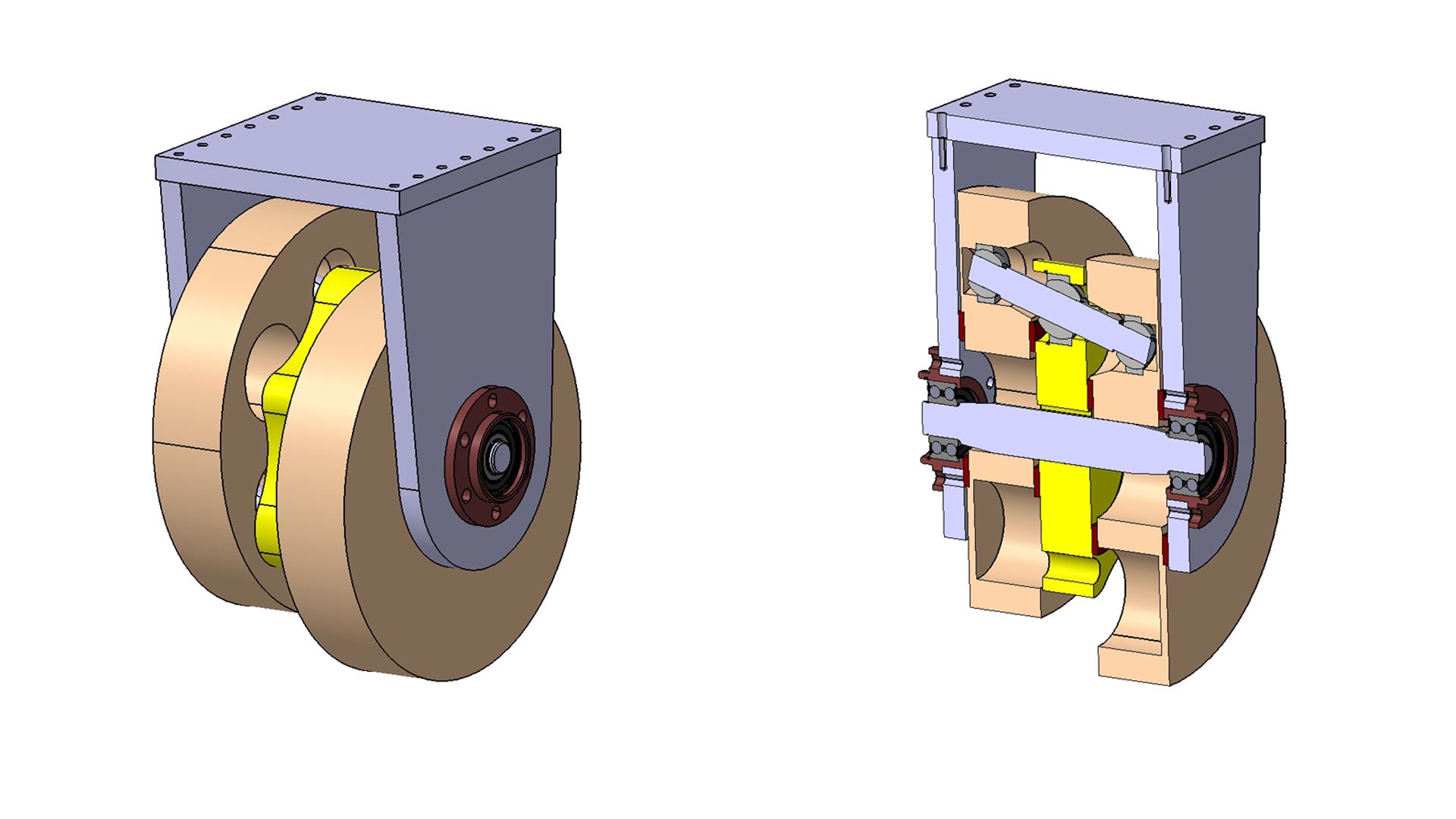
Industrial castor wheel
Self-adapting wheels for improved operation of industrial castor wheels on uneven floors or floors with obstacles. The wheel travel minimizes the possibility of the carrier getting stuck, while still transmitting power when needed.
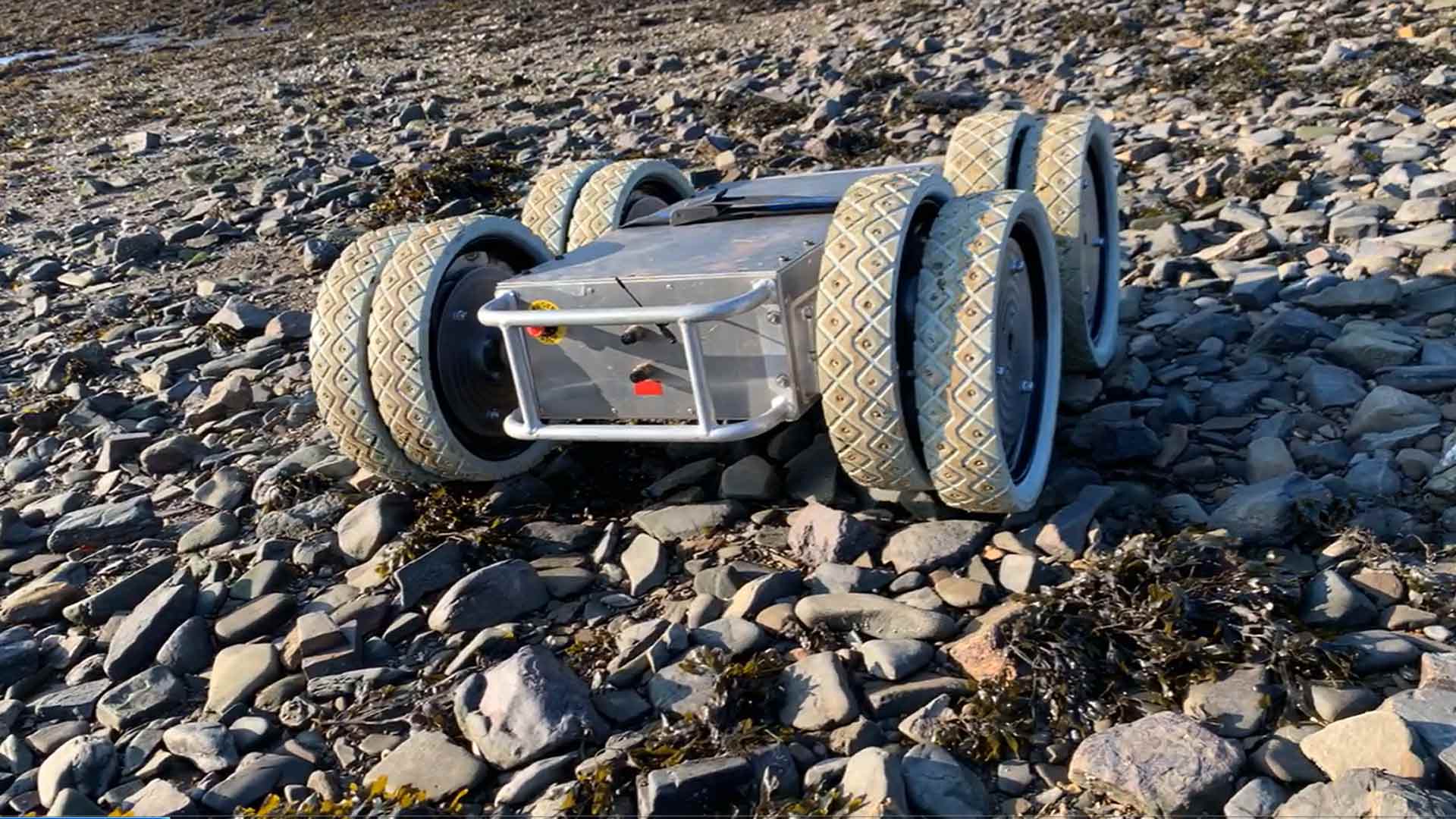
Mobile robotics
Self-adapting wheels improve all-terrain uses of land robots. They can carry heavy loads while minimizing the risk of the robotic system getting stuck or bogged down, or its wheels spinning.
[[Video of a test]
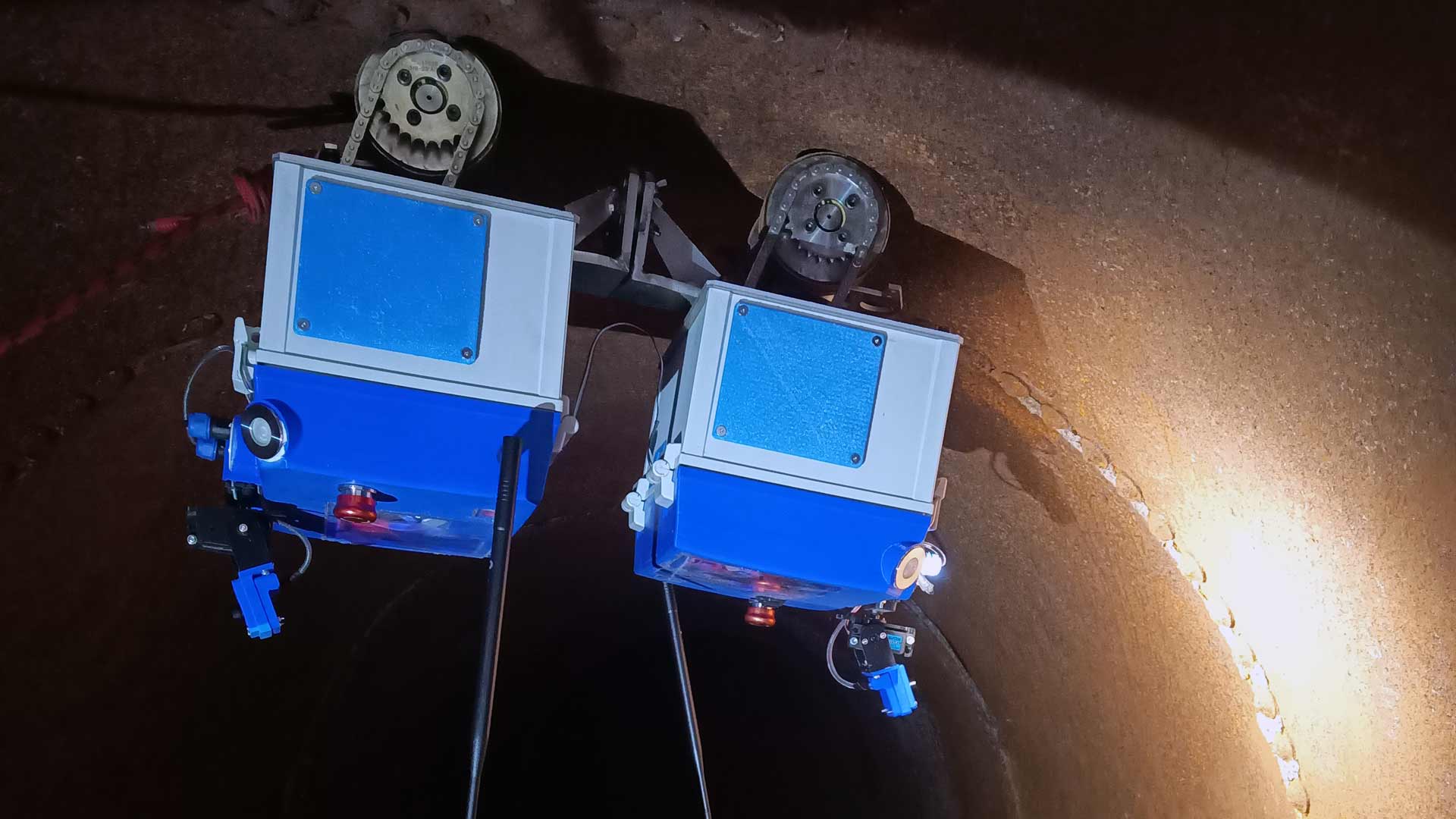
Magnetic wheels
The solution imagined allows a magnetic carrier to adhere strongly to a curved metal wall. It is based on breaking the metal wheel down into deformable discs that move relative to each other in order to increase the contact surface with the wall. This makes it possible to safely operate a magnetic carrier on curved, steeply inclined, vertical or overhanging walls.
contact
————————————————————————————————————————————————————————————————————






